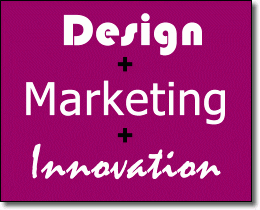Joe Pine: Economic Value Creation Through the Experience Economy
The Experience Economy is accelerated by the current global crisis according to Joe Pine. People don’t want more stuff, in this post-growth global economy people start questioning what they really value and that is experiences with others, loved ones, colleagues, friends, etc. There’s more demand for experiences and this will create job opportunities, moreover because commoditized services are being outsourced and offshored.




